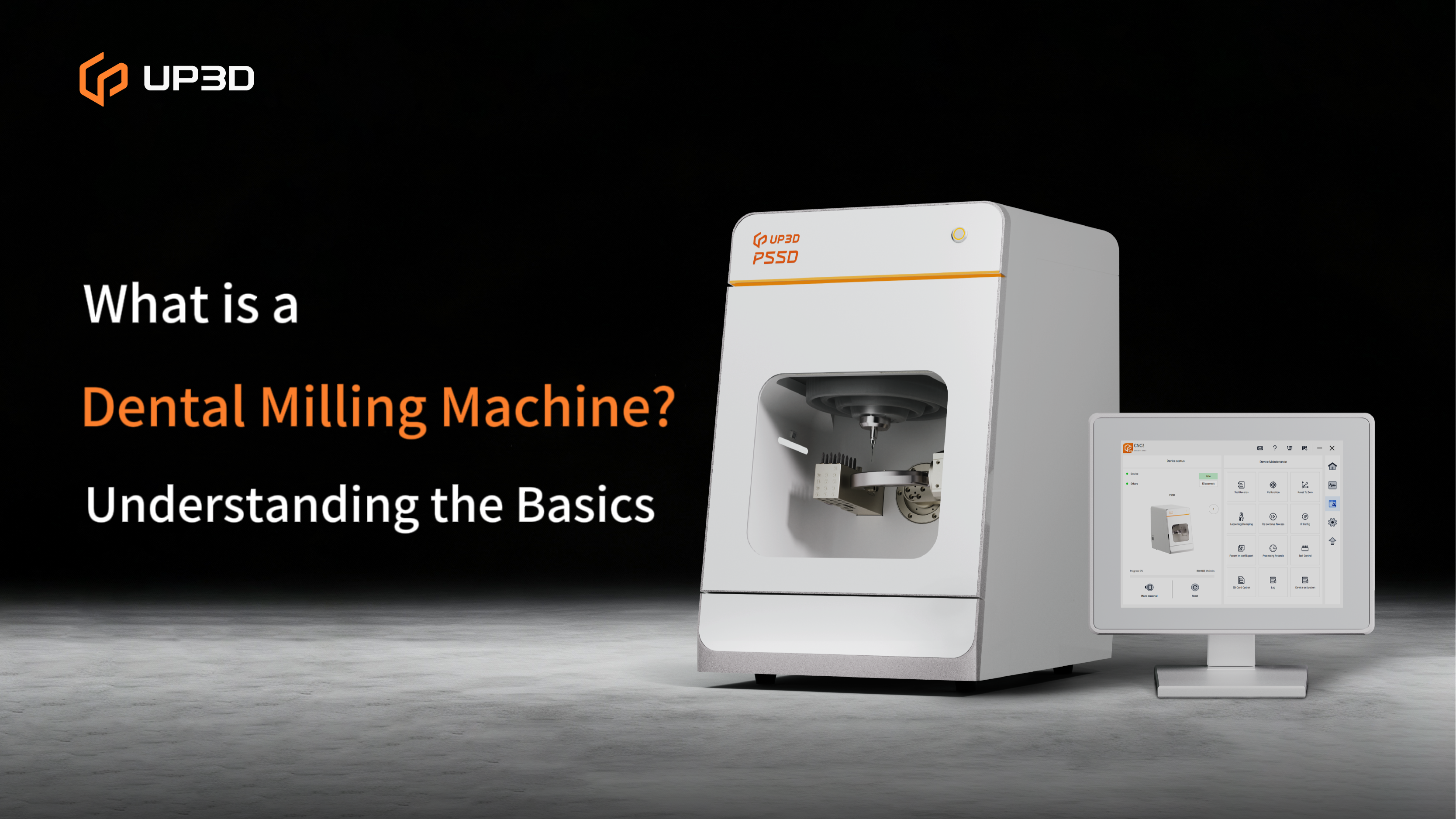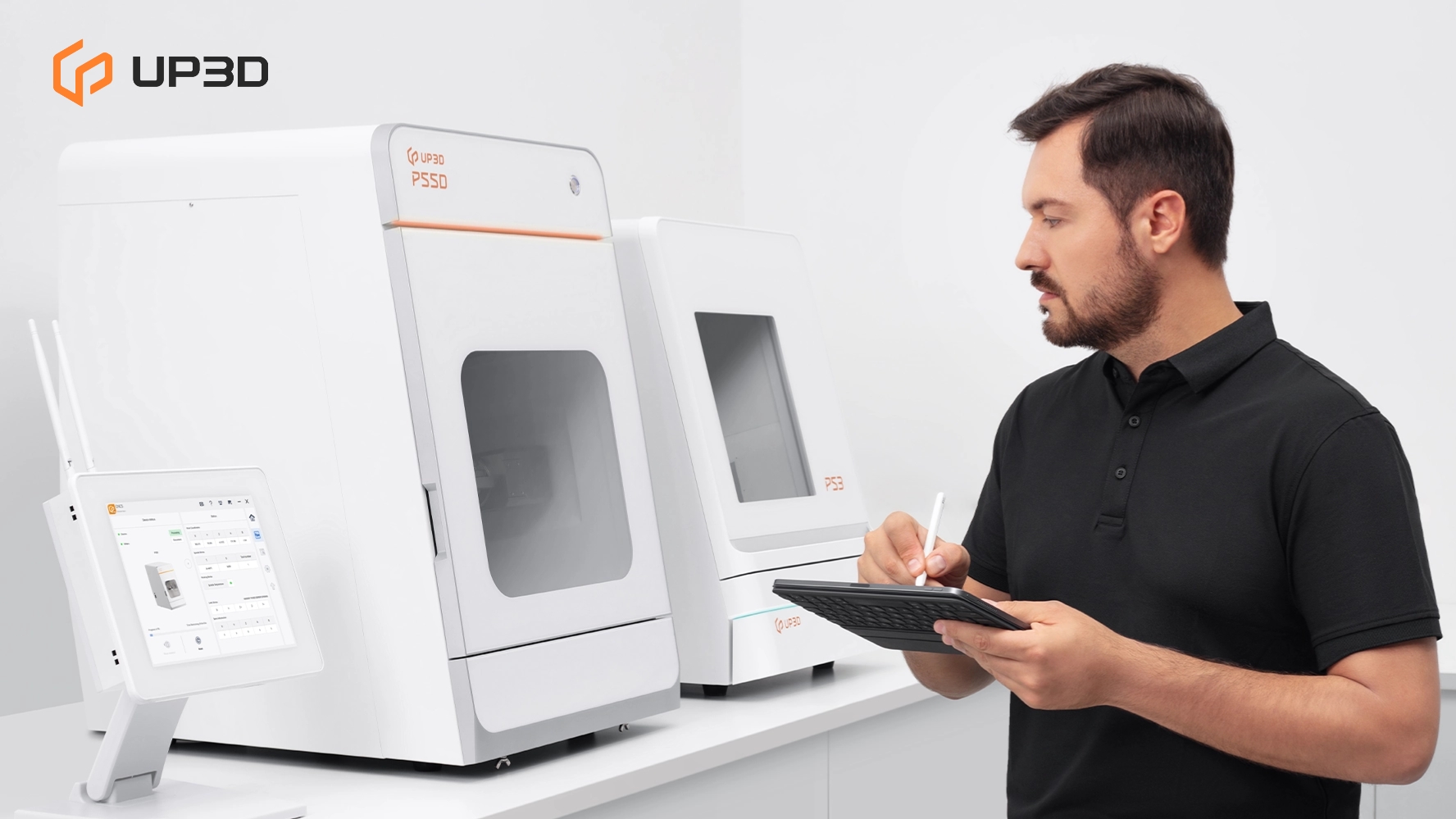In modern digital dentistry, efficiency, precision, and consistency are everything. One of the key technologies driving this transformation is the dental milling machine — the powerful tool that turns digital designs into real, perfectly fitted restorations.
But what exactly does it do? And why has it become essential in both dental labs and chairside systems?

From Digital Design to Physical Restoration
A dental milling machine is part of the CAD/CAM (Computer-Aided Design and Manufacturing) workflow. After a digital impression is captured with an intraoral or lab scanner, the design is created in dental CAD software. The milling machine then takes that digital file and carves the restoration out of a solid material block or disc — such as zirconia, resin, PMMA, or hybrid ceramics.
It's the step where “digital” becomes “real.” Whether it's a crown, bridge, inlay, or veneer, the machine reproduces the design with micrometer-level accuracy.
How It Works
Inside a dental milling machine, high-speed spindles and precise cutting tools move along multiple axes (commonly 4 or 5) to reproduce the digital model.
The number of axes determines the range of motion and how complex the restoration can be.
-
4-axis machines: Ideal for standard crowns and bridges.
-
5-axis machines: Allow more freedom of movement, enabling the milling of undercuts, implants, and complex geometries.
Modern systems also integrate CAM software that calculates toolpaths and optimizes material use, ensuring efficient, reliable production.
Why It Matters
Compared to traditional manual methods, dental milling offers clear advantages:
-
Accuracy: Minimizes human error with digital precision.
-
Speed: Produces restorations in minutes rather than hours.
-
Consistency: Every piece matches the digital design exactly.
-
Material versatility: Handles a wide range of materials — from zirconia to composite resin.
-
Scalability: Suitable for both single-chairside systems and large dental laboratories.
Different Types of Dental Milling Machines
Depending on the clinical or laboratory setup, dental professionals can choose from various systems:
-
Chairside milling machines — compact and user-friendly, enabling same-day restorations.
-
Laboratory milling machines — designed for higher output and broader material compatibility.
-
Dry and wet milling systems — dry milling is often used for zirconia and wax, while wet milling is ideal for glass ceramics and hybrid materials.
Some advanced models combine both dry and wet functions, providing flexibility for different materials.

The Future of Dental Milling
Today's top manufacturers, like UP3D, are bringing automation, AI-driven optimization, and compressor-free designs into dental milling. These innovations simplify installation, improve reliability, and make precision manufacturing more accessible to clinics and labs worldwide.
As digital workflows continue to evolve, the dental milling machine remains at the heart of modern restorative dentistry — bridging the gap between design and reality.
Final Thoughts
Understanding the basics of dental milling is the first step to mastering digital dentistry. From the initial scan to the final restoration, every step benefits from intelligent integration.
Whether you're upgrading your lab or exploring same-day chairside solutions, investing in the right milling system can redefine how you deliver care — faster, smarter, and more precise than ever before.








